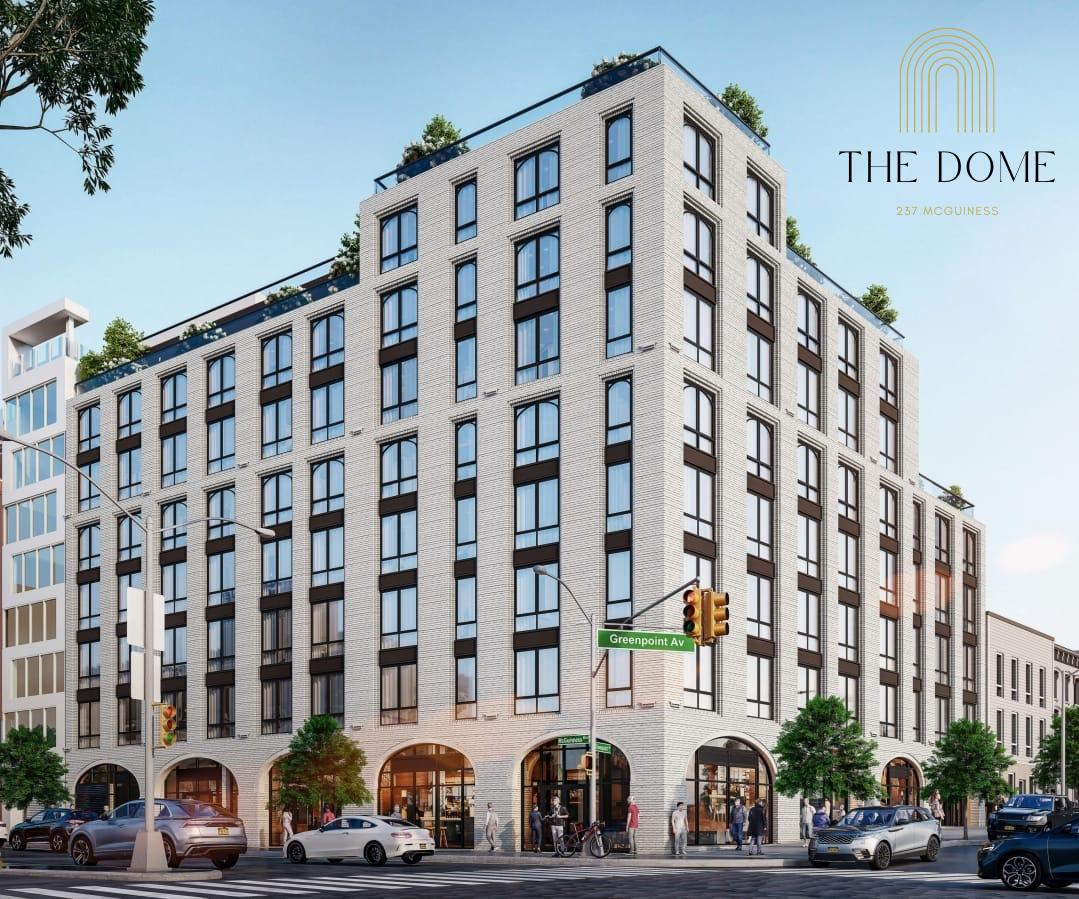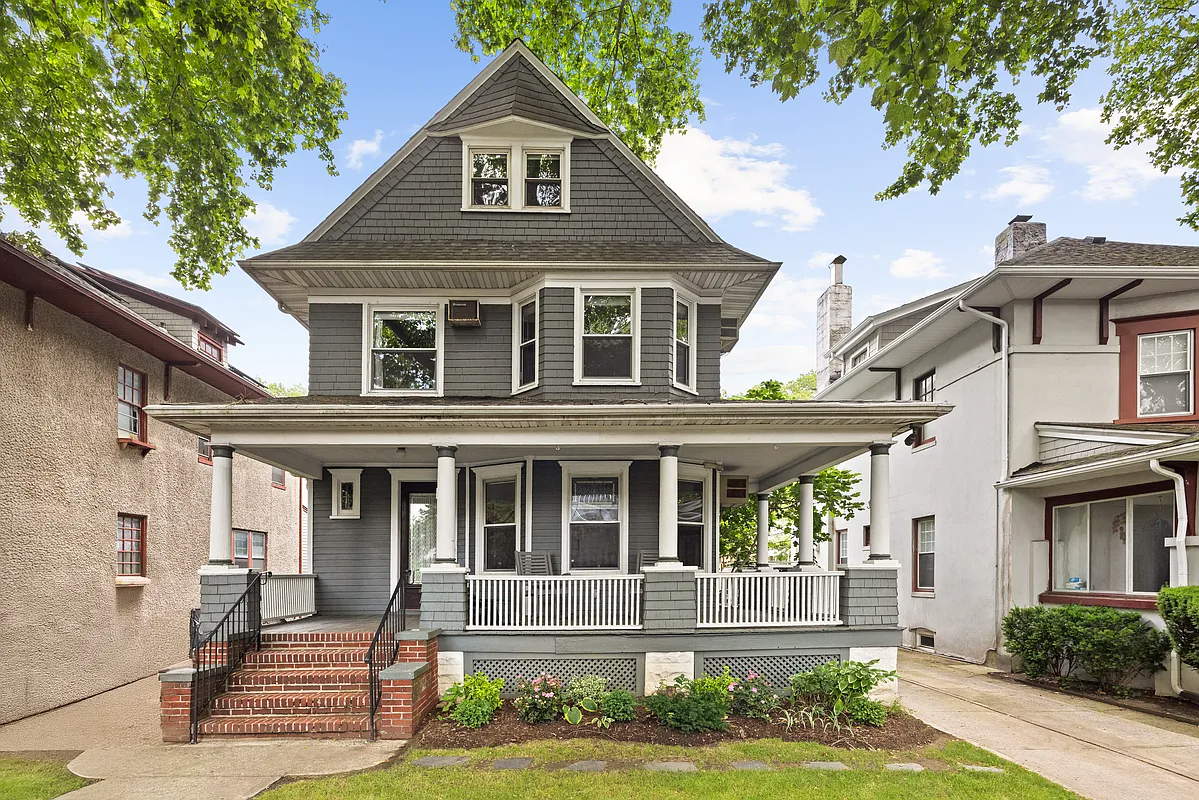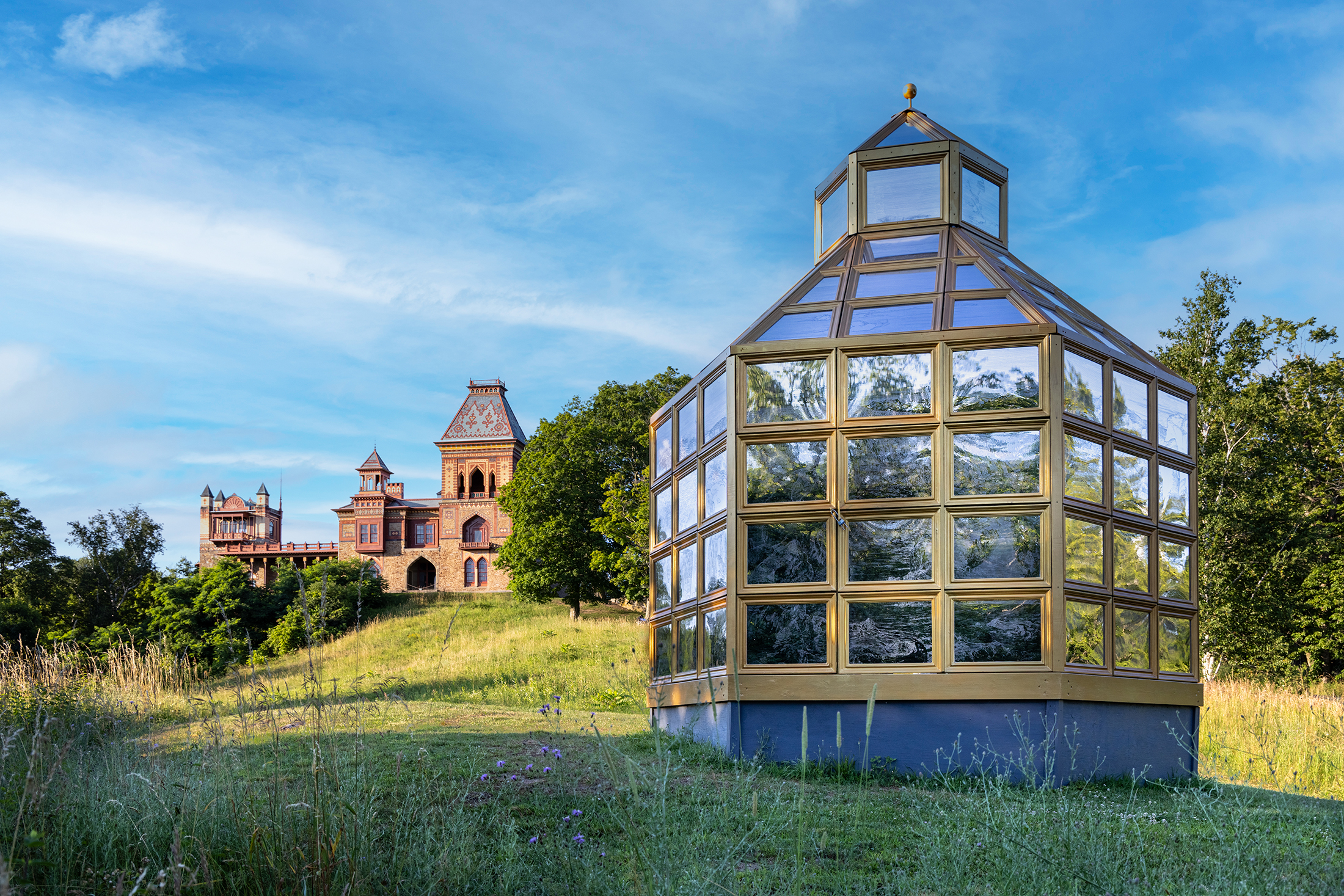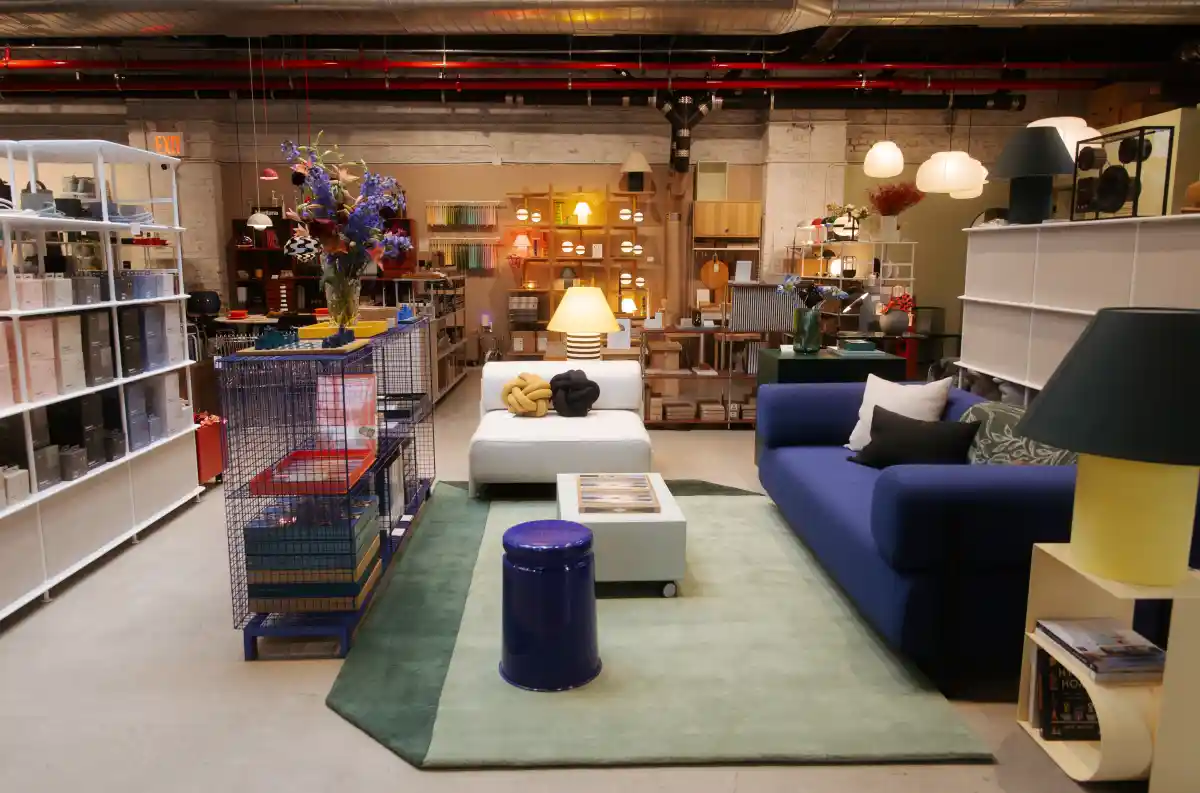Inside Third & Bond: Week 95
This week, the Hudson bloggers go all acronym-y on us…Nids. Something your government-backed health care policy won’t cover or a point of connection for telecommunications wiring? Nids or NIDs stands for Network Interface Devices. Broadly speaking, it is the point at which the carrier’s wiring meets the customer’s wiring. At Third + Bond, we have…

 This week, the Hudson bloggers go all acronym-y on us…Nids. Something your government-backed health care policy won’t cover or a point of connection for telecommunications wiring?
This week, the Hudson bloggers go all acronym-y on us…Nids. Something your government-backed health care policy won’t cover or a point of connection for telecommunications wiring?
Nids or NIDs stands for Network Interface Devices. Broadly speaking, it is the point at which the carrier’s wiring meets the customer’s wiring. At Third + Bond, we have a NID in every building. We also have ONTs or Optical Network Terminals which are basically sub-NIDs for broadband. An ONT is pictured here. The ONT is located within the residence, hidden away in the front hall closet. It’s a thin steel panel that is installed between the studs so that it won’t protrude into the closet, using up valuable umbrella storage space.
The homeowner shouldn’t even notice the ONT is there unless they have a connection problem. The servicer, Verizon or Time Warner for example, might need access to this box to test whether the connection is good coming into the unit. If it is, then the connection problem is within the apartment. This is important because the servicer owns and is responsible for maintaining wiring up until the ONT. Thereafter wiring issues are the homeowner’s responsibility.
But let’s start from the beginning…
 …The service enters the building via a feeder wire. It travels to the NID from which the wiring is distributed through the riser (vertical shaft) to a series of NIUs or Network Interface Units (the hub on each floor from which wiring branches out to each apartment). Each NIU is connected to an ONT within a dwelling unit. See our handy diagram. For most of the floors at Third + Bond, we skip the NIU and go straight to the ONT because there is only one dwelling unit per floor.
…The service enters the building via a feeder wire. It travels to the NID from which the wiring is distributed through the riser (vertical shaft) to a series of NIUs or Network Interface Units (the hub on each floor from which wiring branches out to each apartment). Each NIU is connected to an ONT within a dwelling unit. See our handy diagram. For most of the floors at Third + Bond, we skip the NIU and go straight to the ONT because there is only one dwelling unit per floor.
As described in Week 70, Verizon pays for the wiring that goes to each apartment. Same goes for Time Warner. Our electrician has taken the lead in connecting the wiring from the initial point of entry, or NID, throughout the project.
Within the ONT (see photo), you will notice several different colored cords. The cream-colored cord is a tube to hold the optical fiber for FiOS. The blue cord is for the telephone for the building while the grey one is for this unit’s phone. The green cord is for data. The black cord is for cable t.v.
While it seems logical to have one box with all of the telecommunications wiring, this approach is only 10 years old at best. It took a long time for Time Warner and Verizon to learn to play well in the sandbox together. For years the two service providers refused to share a NID, especially if that meant having the other guy come into his box. On one project the only way we could get the job done was to have separate NIDs for each service—two boxes at each point! On another project we really couldn’t sacrifice the space so we brought in our own NID and made them share it. As if that wasn’t silly enough, we also found on occasion that the guy who came in second would somehow, either through sloppiness or malcontent, disconnect the first guy’s work in strategic places.
These days they play nice and we haven’t had any issues. Not even name-calling. There is very little debate about the points of entry and typically Time Warner follows Verizon’s lead and their boxes at least for small projects in Brooklyn. We ask them for thousands of linear feet of wire, they drop it off and go.
Speaking of, it’s amazing that we can download books wirelessly in seconds, doctors can teleconference with patients across thousands of miles, and banks can send us balance notifications while we are cliff climbing, and yet we need thousands upon thousands of feet of wiring hidden inside our buildings to trundle communications back and forth. How far have we really come since sharing a single operator?
Well, phone, internet, and cable are like healthcare, so long as they work when we need them and the cost isn’t excessive, we’re apt to forgive the details hidden from view.
Inside Third & Bond: Weeks 1-93 [Brownstoner]
The complete offering terms are in an Offering Plan available from Sponsor. File No. CD080490. Sponsor: Hudson Third LLC, 826 Broadway, New York, NY 10003.





Verizon is working on bringing FiOS to Carroll Gardens. They tell us that it will be available starting this autumn. In fact, we are providing the pathway via our backyards to get to our neighbors on 2nd Pl.
The cream tubes you see in the photo are empty for now. It’s designed so Verizon can come later and just yank the fibers through.
Verizon has FIOS service on 3rd Ave.? Or did you do a special deal with them?
You can’t even get FIOS in Park Slope yet.